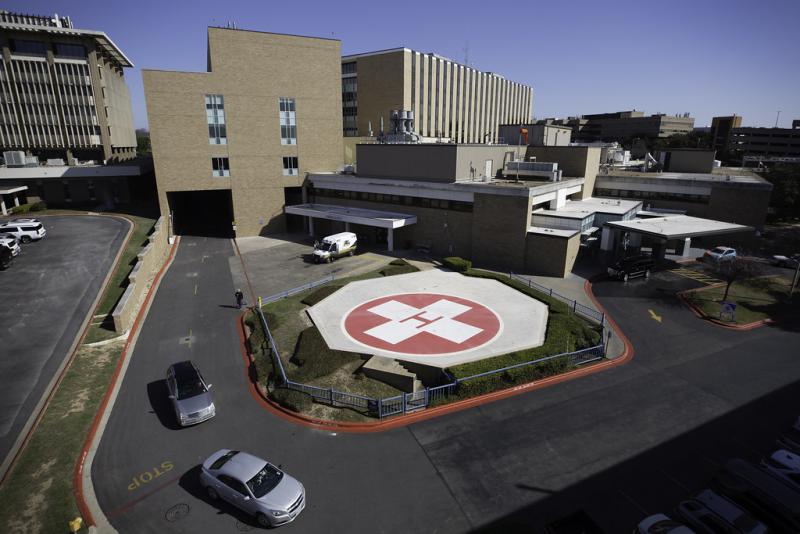


Every three to six months, s/he will see how you are doing on the medicines, discuss any side effects, and ask about how often you are taking PrEP. Some pharmacies can also mail or deliver the medicine directly to you.Īfter you start taking PrEP daily, you must see your healthcare provider on a regular basis. PrEP can be accessed at most pharmacies around Texas. Your healthcare provider will help with any STD treatments and work with you to address any health concerns. In order to get on PrEP, you must take HIV and STD tests, have your kidney function checked, and be assessed for hepatitis B and C infections.

This includes questions about your sexual behaviors, types of partners, and medical history. Walgreens Healthcare Clinics, CVS minute clinics, or other pharmaciesĪt your first healthcare visit, you will be asked questions to help you see if PrEP is a good fit.Tele-PrEP (including NURX and PlushCare).If you do not see any clinics near you or ones that you are comfortable going to, you may be able to get PrEP delivered discreetly to your home or by going to a pharmacy. Visit the Texas DSHS PrEP Directory or the National Prevention Information Network Directory for a listing of clinics and doctors who prescribe PrEP near you. If your provider is not familiar with PrEP, you can direct them to the CDC PrEP information page. You can get PrEP from your physician, nurse practitioner, or physician assistant you just have to ask for it by name. Your healthcare provider can help you manage any side effects. The most common side effects are nausea, upset stomach, fatigue and headaches during the first month of taking PrEP these symptoms usually get better or go away. Most people on PrEP do not report any side effects. PrEP is safe for adults and adolescents weighing more than 35 kilograms (77 pounds). The drugs in PrEP have been used by people living with HIV for treatment since 2004. Visit Preventative Service Coverage and PrEP Assistance Programs to learn more about the process of paying for PrEP. Manufacturer drug and co-pay assistance.If you do not have insurance, you can get help paying for PrEP from: PrEP is free for many people through health insurance and assistance programs. Condom use is recommended to protect against STDs and pregnancy. PrEP can be used during conception and pregnancy. PrEP is safe for women and does not interfere with hormonal birth control or hormone therapy. Trade sex for money, drugs, or a place to stay Have sex with people who are living with HIV or whose status you do not know Have had an STD (chlamydia, gonorrhea, syphilis) in the past 12 months PrEP is for people who are at very high risk of getting HIV, including those who: If you test negative for HIV, talk to your doctor about starting or restarting PrEP. To find out if you can or should take PrEP, you first need to get tested for HIV. Talk to your doctor about sexual history, drug use, and prevention options Talk about sex and drug practices with partners Combination prevention lets you decide which prevention option(s) are best for your lifestyle. When you combine options, you further reduce the risk of getting HIV from another person. PrEP works best when taken as prescribed and when it is used with other prevention options. If you think you have been exposed to HIV through needlestick, condomless sex, or by sharing needles or works to prepare drugs within the last 72 hours, you can learn more about non-occupational post-exposure prophylaxis (nPEP). PrEP is intended for use before a possible exposure to HIV. PrEP is safe and effective for adults and adolescents weighing above 35 kilograms (77 pounds). Two medications are approved for daily use as PrEP to help prevent a person without HIV from getting the virus from sex or injection drug use. Daily PrEP use also reduces the risk of getting HIV through injection drug use by more than 70%. Daily PrEP use reduces the risk of getting HIV through sex by about 99%. Pre-exposure prophylaxis, or PrEP, is a pill taken daily to prevent HIV. Health Care Information Collection (THCIC).National Electronic Disease Surveillance System (NEDSS).Emergency Medical Services (EMS) Licensure.Asbestos Hazard Emergency Response Act (AHERA).Food Manufacturers, Wholesalers, and Warehouses.Resources for Cancer Patients, Caregivers and Families.Cancer Resources for Health Professionals.Texas Comprehensive Cancer Control Program.Library and Information Science Program.Research, Funding, & Educational Resources.Center for Health Emergency Preparedness & Response.


 0 kommentar(er)
0 kommentar(er)
